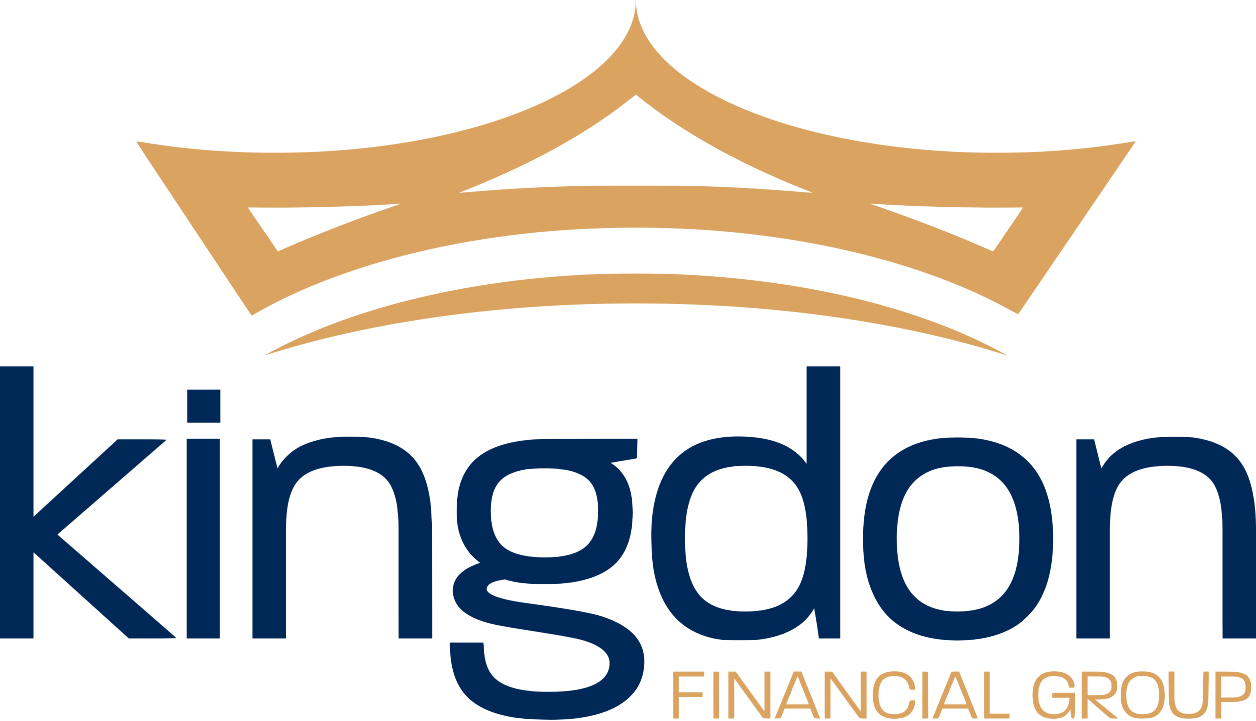Click to view: How the RBA Cash Rate Effects Inflation
The Australian economy is showing promising signs of improvement, yet consumer confidence remains subdued likely due to elevated borrowing costs, reduced affordability and a rising cost of living. Without any interference, GDP trending upward and CPI inflation easing, consumer confidence is likely to improve in time, especially following the recent uptick in business sentiment. When cash rates rise, in the short run you will see borrowing costs increase, weakening consumer sentiment and cooling demand, which slows CPI growth and lowers GDP. However, in the long run, the economy is self-correcting and the adjustment towards a long run equilibrium will naturally happen.
The Reserve Bank of Australia is standing at a crossroad - cut rates now and risk fuelling another wave of inflation or hold firm and face accusations of choking the recovery. In an economy still nursing post covid scars, either move will make enemies amongst the Australian public. The Australian economy is showing signs of improvement as the RBA restrains immediate consumption through higher cash rates, prioritising long term economic health over short term gains. However, these measures have kept consumer confidence subdued as households feel the pinch from elevated borrowing costs, reduced affordability and an increase in cost of living.
Increasing Cash Rate
Short run effect
The RBA furthermore increasing it’s cash rates and slowing immediate consumption will in the long run, restore confidence to a consumer level as CPI continues to fall. It sets off a chain reaction through the economy by the monetary policy transmission mechanism which will have both short and long run effects.
Long run effect
CPI inflation typically takes 6-12 months to decline due to sticky prices, but once purchasing power is restored, households and businesses regain confidence, and the economy benefits from greater predictability and stability. This rise in consumer confidence only improves once inflation falls and affordability rises. Consequently, as consumer confidence improves, GDP growth follows, since households feel more secure in their economic position and can increase immediate consumption. When GDP is growing, the demand for producing more increase and the unemployment rate recovers because there’s more money stimulating the economy creating new jobs. Over time, as inflation expectations ease, the economy returns to its long run equilibrium at long run aggregated supply, but at a lower price level than before the rate hike. In the long run, equilibrium is restored with an accompanying rise in real GDP as the economy returns to its full productive capacity. The rate increase cools demand and inflation now, in exchange for slower growth in the short term, but more stable prices and restored full capacity in the long run.
Conclusion
It is recommended the RBA increase it’s cash rate in order to anchor inflation, strengthen economic stability, and lay the groundwork for sustainable long term growth in both GDP and employment. In the long run, the economy is self-correction and adjustment toward long run equilibrium naturally happen. Markets are left to operate freely with supply and demand determining prices, production and distribution. As Murray Rothbard articulates “the lowering of time preference signifies an increase in willingness to forego present consumption for the sake of future consumption”. Foregoing immediate consumption is the ability to think and plan beyond the present which advances human civilization.

